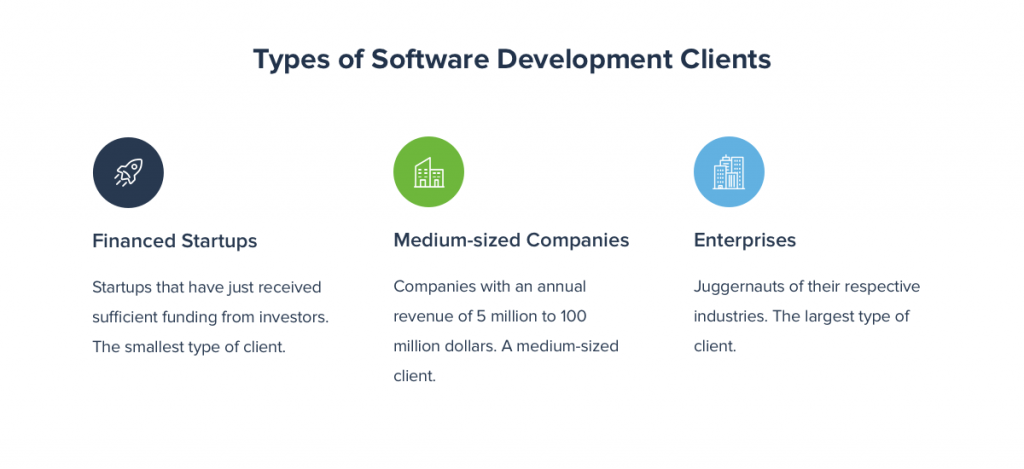
Tips For Successful Client Collaboration In Software Development
Client collaboration is the heartbeat of successful software development projects. In the dynamic realm of technology, effective communication and collaboration between clients and development teams are critical for delivering solutions that meet expectations. Here are essential tips to foster successful client collaboration in software development:
1. Clear and Open Communication:
– Structured Communication Channels: Establish clear communication channels for project updates, feedback, and discussions. Regular meetings, emails, and project management tools can streamline communication.
– Active Listening: Practice active listening to understand client needs, concerns, and expectations. This builds trust and ensures that the development team is aligned with the client’s vision.
2. Define Project Goals and Scope:
– Detailed Project Documentation: Clearly define project goals, scope, and deliverables in comprehensive documentation. This serves as a reference point for both the client and the development team.
– Iterative Goal Refinement: Embrace an iterative approach to goal refinement. Regularly revisit and adjust project goals based on evolving requirements and feedback.
3. Agile Methodologies for Flexibility:
– Adopt Agile Frameworks: Implement Agile methodologies like Scrum or Kanban. Agile allows for flexibility, frequent client feedback, and iterative development cycles.
– Regular Sprint Reviews: Conduct regular sprint reviews to showcase progress and gather client feedback. This ensures that the project remains on track and aligns with client expectations.
4. Transparency in Progress Tracking:
– Use Project Management Tools: Leverage project management tools to provide clients with real-time visibility into project progress. Tools like Jira, Trello, or Asana facilitate transparency.
– Regular Reporting: Implement structured reporting mechanisms to share progress updates, milestones achieved, and any challenges faced. This enhances client confidence in the development process.
5. Collaborative Decision-Making:
– Involve Clients in Key Decisions: Include clients in major decision-making processes. This ensures that client perspectives are considered, leading to solutions that align with their business goals.
– Encourage Client Input: Actively encourage clients to share their insights, ideas, and concerns. Client involvement fosters a collaborative environment that nurtures innovation.
6. Manage Expectations Proactively:
– Set Realistic Timelines: Establish realistic project timelines and milestones. Proactively communicate any potential delays and work together to find solutions.
– Transparent Risk Communication: Communicate potential risks and challenges transparently. Collaborate on risk mitigation strategies to address issues promptly.
7. Regular Feedback Loops:
– Feedback Sessions: Conduct regular feedback sessions to gather insights from clients. Use these sessions to assess satisfaction levels, discuss improvements, and refine project goals.
– Continuous Improvement: Embrace a culture of continuous improvement based on client feedback. Use lessons learned from each project to enhance collaboration in future endeavors.
8. Documentation for Clarity:
– Comprehensive Documentation: Document project requirements, decisions, and changes comprehensively. This documentation serves as a shared reference and minimizes misunderstandings.
– User-Friendly Documentation: Provide user-friendly documentation for end-users. Clear instructions and guides contribute to a positive user experience.
9. Flexibility to Accommodate Changes:
– Change Management Protocols: Institute change management protocols to handle evolving requirements. Clearly outline processes for proposing, evaluating, and implementing changes.
– Scalability Considerations: Design solutions with scalability in mind to accommodate future changes and enhancements. This ensures the software remains adaptable to evolving needs.
10. Post-Implementation Support and Maintenance:
– Ongoing Support Plans: Collaborate on post-implementation support plans. Discuss maintenance requirements, updates, and potential future enhancements to sustain the software’s performance.
– Proactive Issue Resolution: Address post-implementation issues proactively. A collaborative approach to issue resolution strengthens the client-developer partnership.
Conclusion:
Successful client collaboration in software development is a journey that requires commitment, communication, and adaptability. By fostering a culture of transparency, active collaboration, and continuous improvement, development teams can build strong relationships with clients, delivering software solutions that not only meet specifications but exceed expectations.
